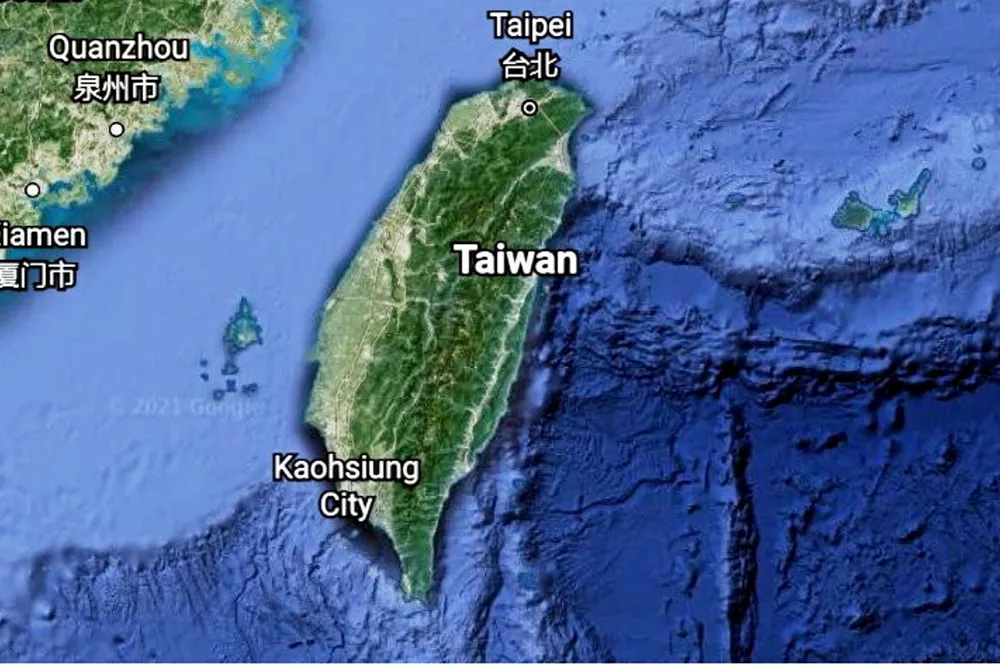'Deadlock' | Rumours that major project sidelined fuels concerns over Taiwan offshore wind
Corio's 600MW Formosa 3 array with TotalEnergies remains without offtake as 15GW Round 3 struggles to gain momentum amid high costs and low interest

Last week, Taiwan local media buzzed with rumours that UK-based Corio Generation had sidelined its 600MW Formosa 3 joint venture (JV) project with French oil major TotalEnergies, sparking concern over viability of the current 2.35GW procurement round.
Various media outlets and industry commenters noted that some 40 people assigned to the project had been cut, although teams assigned to solar development and the already operational, 376MW Formosa 2, owned with Japan’s Jera (49%) and Synera (25%), remain intact.
Early pacesetter
Taiwan was an early offshore wind pacesetter in Asia-Pacific and has already awarded 5.6GW in its first two solicitation rounds. It aims for another 15GW in its multi-phase third round.
The nation has 2.25GW operating in the windy Taiwan Strait separating it from China, with another 3GW in late-stage development.
Once-lucrative government feed-in-tariffs have declined to below costs, however, and all 2.35GW of capacity awarded in the round 3.1 opted to pursue corporate power purchase agreements (CPPAs), banking on demand from Taiwan’s export-oriented manufacturing sector that is under pressure to cut emissions and bolster its green credentials.
But with developers asking for prices as high as TWD6,000/MWh ($190/MWh), far above current power prices of TWD3,100/MWh and even exceeding pricy US projects, they are not finding offtake customers.
Even global chipmaking behemoth Taiwan Semiconductor (TSMC), which feeds nearly two-thirds of global demand for advanced chips, has reportedly demurred from paying the high costs for offshore wind.
“Global inflation and material prices are rising, the local supply chain is also proposing much higher prices, it is extremely difficult to have the balance point,” Huang said.
CPPA contract durations and the financial stability of potential offshore wind offtakers is another challenge for the sector, as “most Taiwanese companies, apart from TSMC, cannot be recognised by banks for syndicated loans,” said Huang, which prevent projects from being financed.
Power shortages
Challenges to the offshore wind sector are happening against a backdrop of tightening power supply as the island continues to shutter its nuclear fleet.
Former president Tsai Ing-wen of the Democratic Progressive Party (DPP) launched Taiwan’s offshore wind development in 2016 as part of a sweeping energy transition that was expected to see the nation nuclear free by 2025, with a quarter of power supplied by renewables including offshore wind.
The DPP was formed in the 1980s to oppose nuclear power, and after eight years under Tsai, managed to close two of the island’s three operating nuclear power plants while permanently halting construction of a fourth.
Taiwan relies on imports for 99% of its primary energy, with 44% of power generation relying on liquified natural gas (LNG) and another 34% on coal, with renewables supplying around 10% in 2023, according to state electricity monopoly Taiwan Power Company.
Nuclear, which has supplied nearly 20% as recently as 2014, has declined to 7%, with the final plant on the chopping block this year.
Power shortages are already being reported and Taiwan has so far been unable to close its coal fired power plants, including the infamous 5.5GW plant in Taichung that is among the world’s most polluting facilities.
Offshore wind’s struggles are sowing doubts for its upcoming round 3.2 that saw six global and domestic developers beat the April deadline to submit projects, with awards expected this month.
Vestas is currently in a JV with local manufacturer Tien Li in a blade making plant and is slated to supply 15MW turbines for CIP’s 500MW Fengmiao project also awarded in round 3.1.
Looking forward
Developers are looking for the government to extend project delivery dates to allow the supply chain to ramp, as well as relaxing local content requirements.
“The government should invest or subsidise the local manufacturers instead of setting challenging localisation requirements and letting the market run with some “rescue-style market intervention”,” said Huang.
The government is also planning to ask the state-owned companies to purchase renewable energy to resell to other domestic companies, “i.e., be the offtaker and retailer”, according to Huang, to solve the deadlock of CPPA issue.
Taiwan's government may also pressure state-owned banks to “strongly support” the offshore wind industry to eliminate some of financial barriers, Huang said.
(Copyright)